A 30-year-old suffered blindness for about one and a half years after spending long hours on her phone in the dark. This condition is caused due to excessive use of mobile phones in the dark. The doctor shared the symptoms, which include seeing floaters (spots in your vision), bright flashes of light, dark zig-zag lines, and at times inability to see or focus on objects.
Smartphone Vision Syndrome
Smartphone Vision Syndrome is a vision-related problem associated with digital screen use. Long-term use of devices such as computers, smartphones, or tablets can cause various eye-related disabling symptoms, referred to as computer vision syndrome (CVS) or digital vision syndrome. It is a rising concern for a major population with an increase in screen time.
The doctor has tweeted the whole condition.
“Manju had severe disabling vision symptoms for one and half years.”
“There were moments when she could not see anything for several seconds. This occurred mostly at night when she got up to use the restroom. She was evaluated by an eye specialist, and a detailed evaluation was found to be normal. She was referred to rule out neurological causes. I reviewed the history. Symptoms had started after she quit her job as a beautician in order to take care of her specially-abled child. She picked up a new habit of browsing through her smartphone for several hours daily, including more than two hours at night with the lights switched off,” the doctor wrote.
“I did not order any investigations, nor did I prescribe any medicines (even though Manju requested them as she was anxious). I counseled her about the possible cause for her vision impairment and suggested she minimize the use of her smartphone,” he adds.
“She said, instead of minimizing, I will stop looking at my smartphone screen, unless absolutely necessary. In any case, my phone use is recreational,” the tweet goes.
He then said Manju was absolutely fine when she came for a review after a month. Her vision impairment of 18 months was gone. Now she had normal eyesight and did not see any floaters or light flashes. Moreover, her momentary loss of vision at night also stopped.
Other possible reasons
As per the doctor, improper body posturing, use of electronic devices out of work, no habit of taking a break, long-hour visual display terminal use, short-distance screen, and general ergonomic practice was associated with increased odds of CVS.
Protect your eyes
At the end of the Twitter thread, the doctor also gave tips to protect the eyes.
"Avoid looking at screens of digital devices for long, as it can cause severe and disabling vision-related problems."
"Take a 20-second break every 20 minutes to look at something 20 feet away while using a digital screen (20-20-20 rule)," he added.
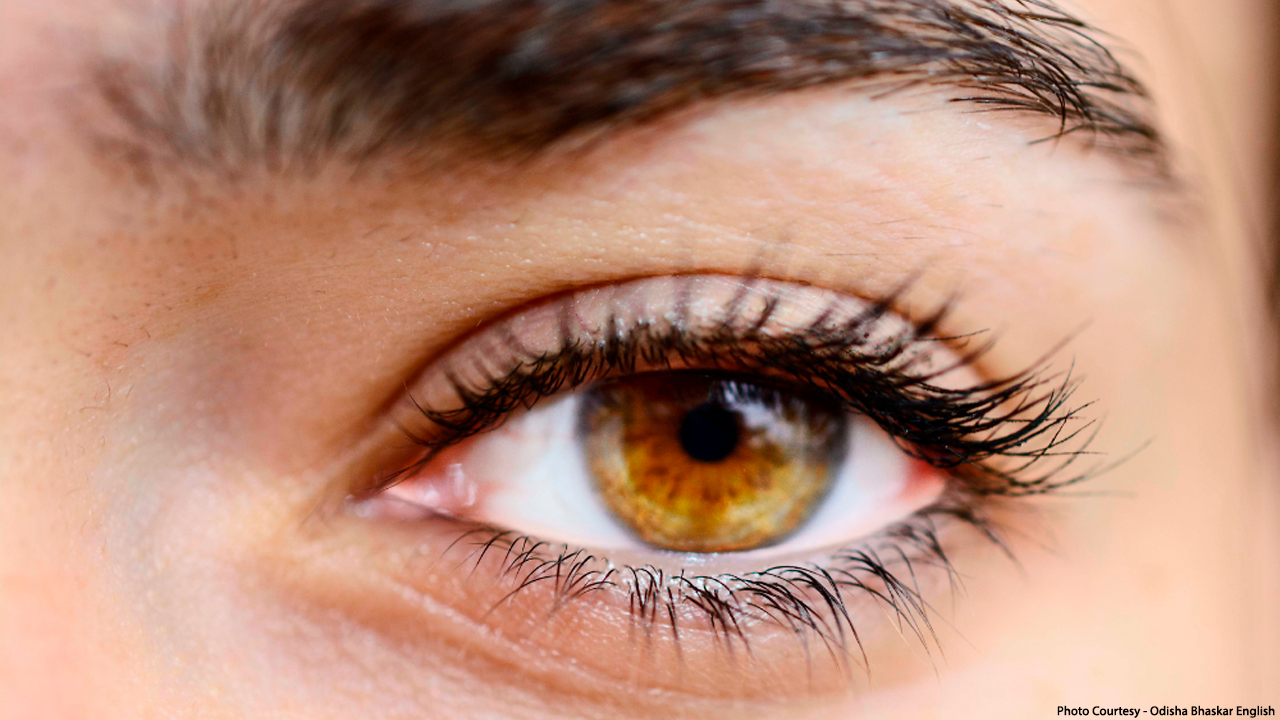
 A 30-year-old female suffered blindness due to excessive use of smartphones in Hyderabad. As per her doctor’s statement, she was suffering from a condition called smartphone vision syndrome.
A 30-year-old female suffered blindness due to excessive use of smartphones in Hyderabad. As per her doctor’s statement, she was suffering from a condition called smartphone vision syndrome.










.jpeg)

.jpg)
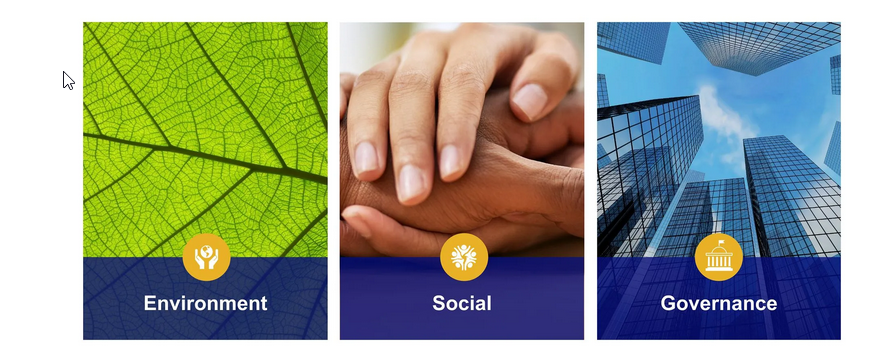
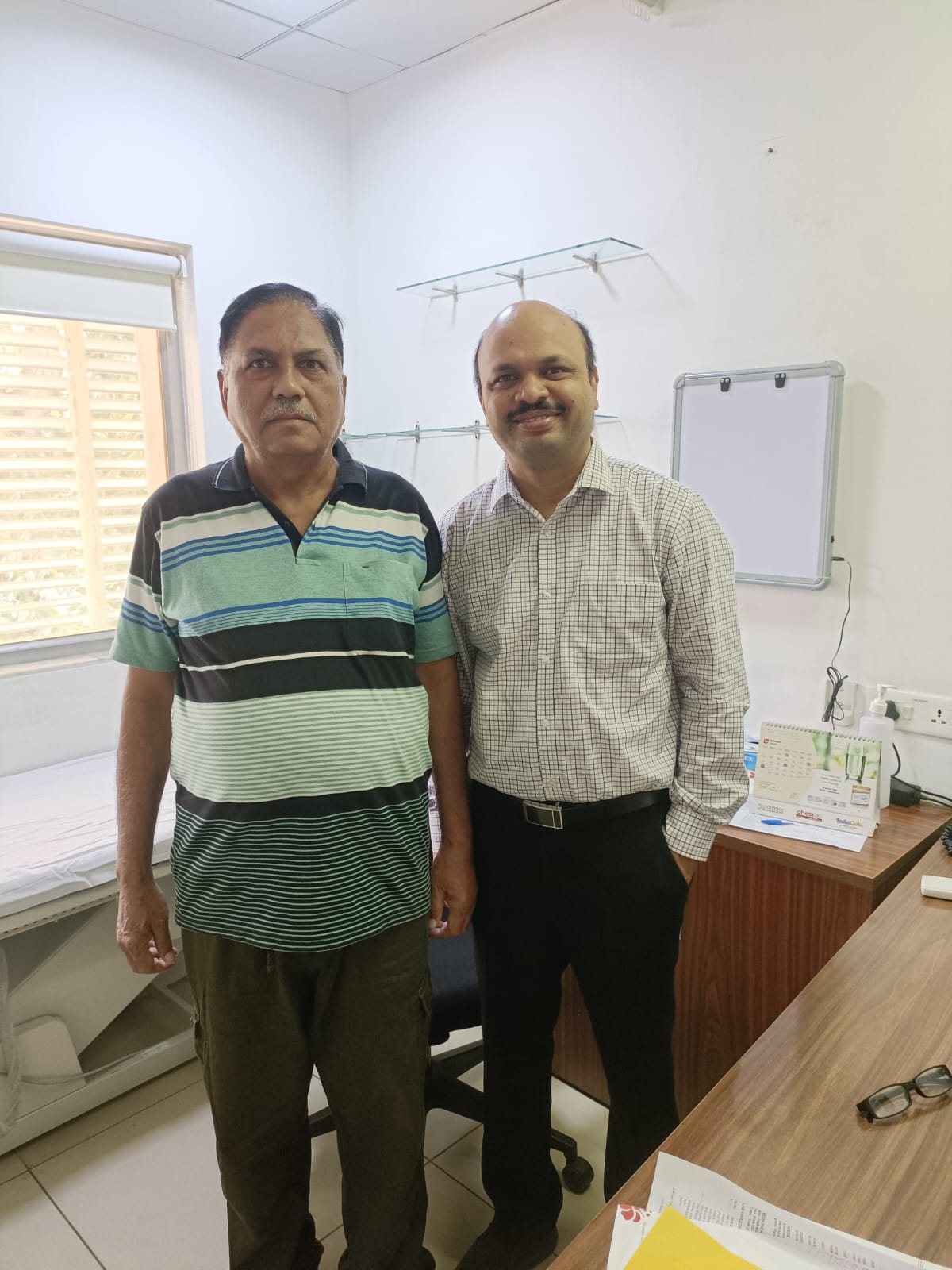




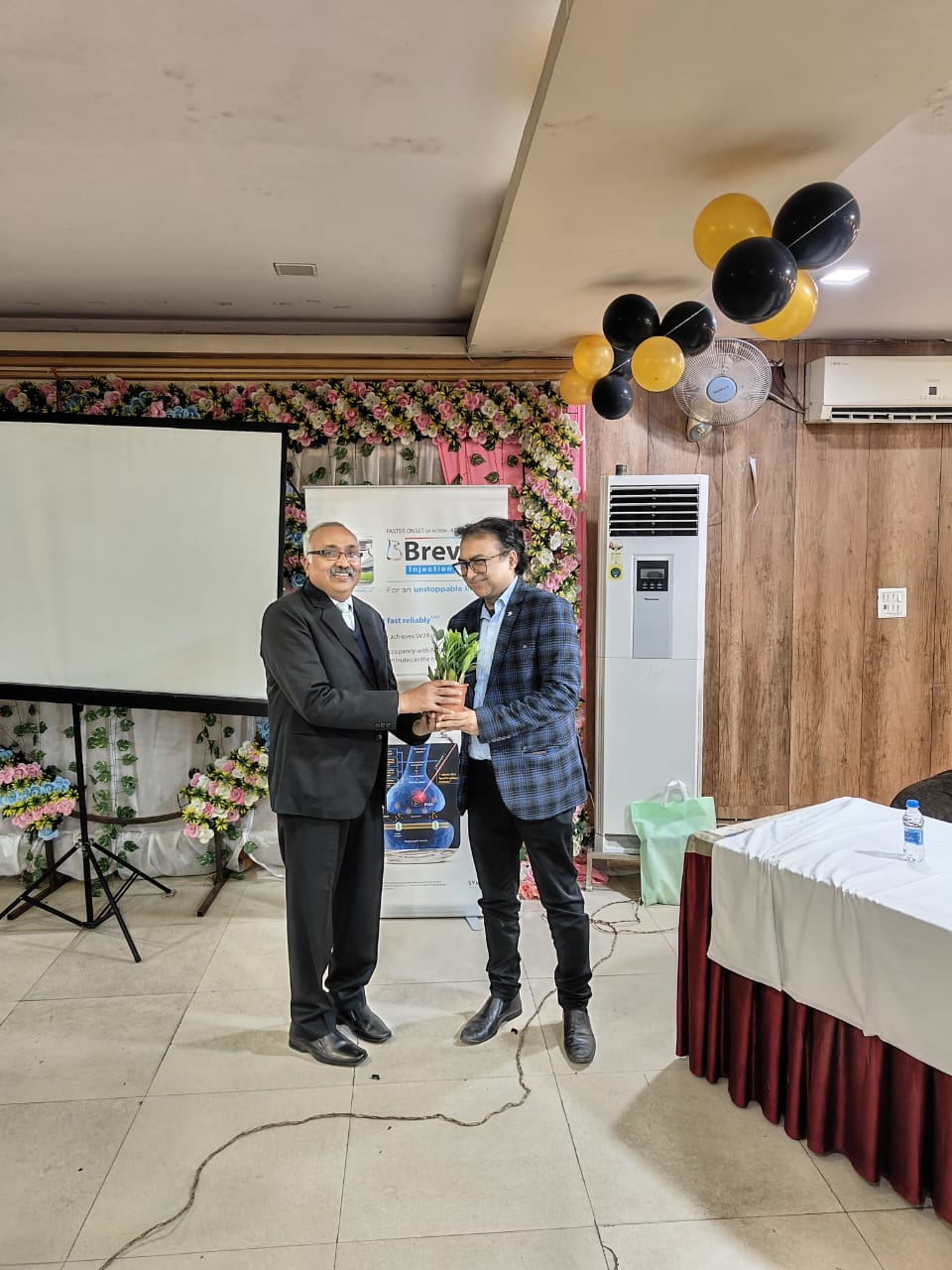


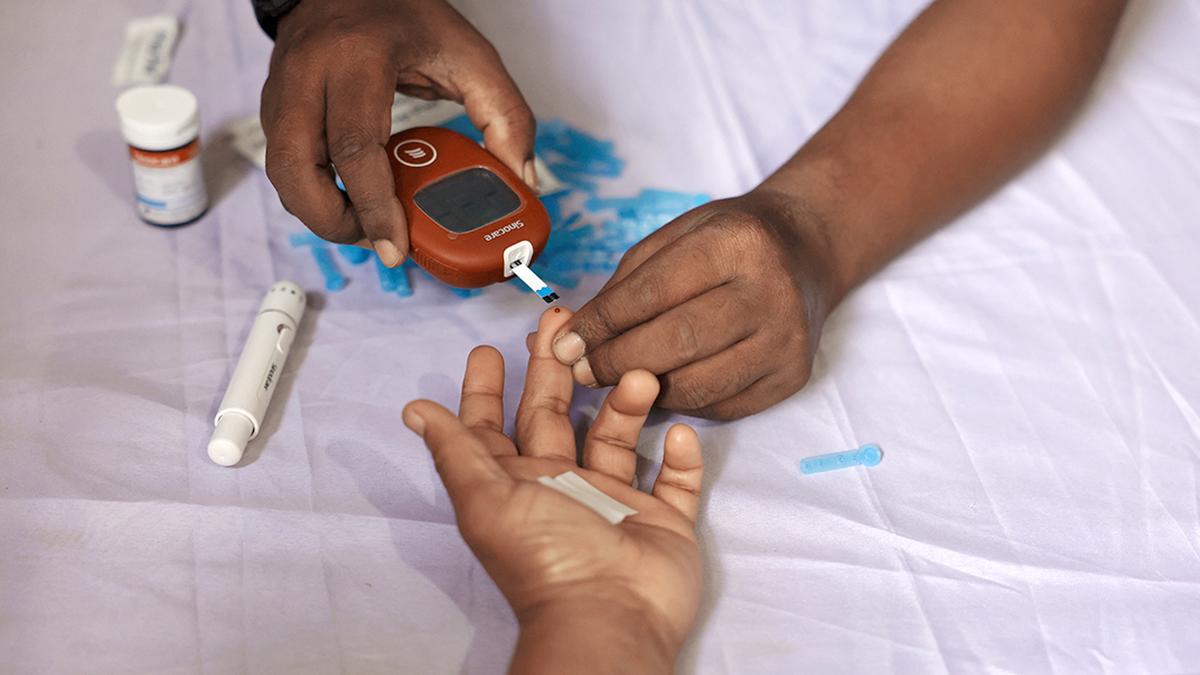


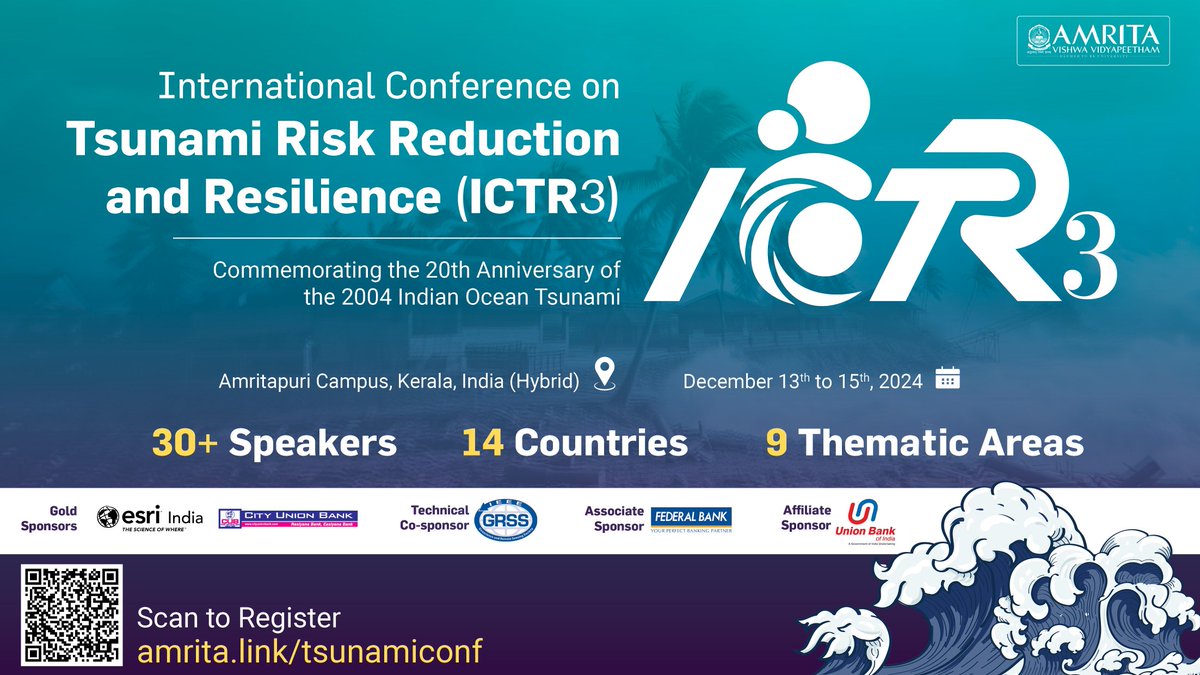


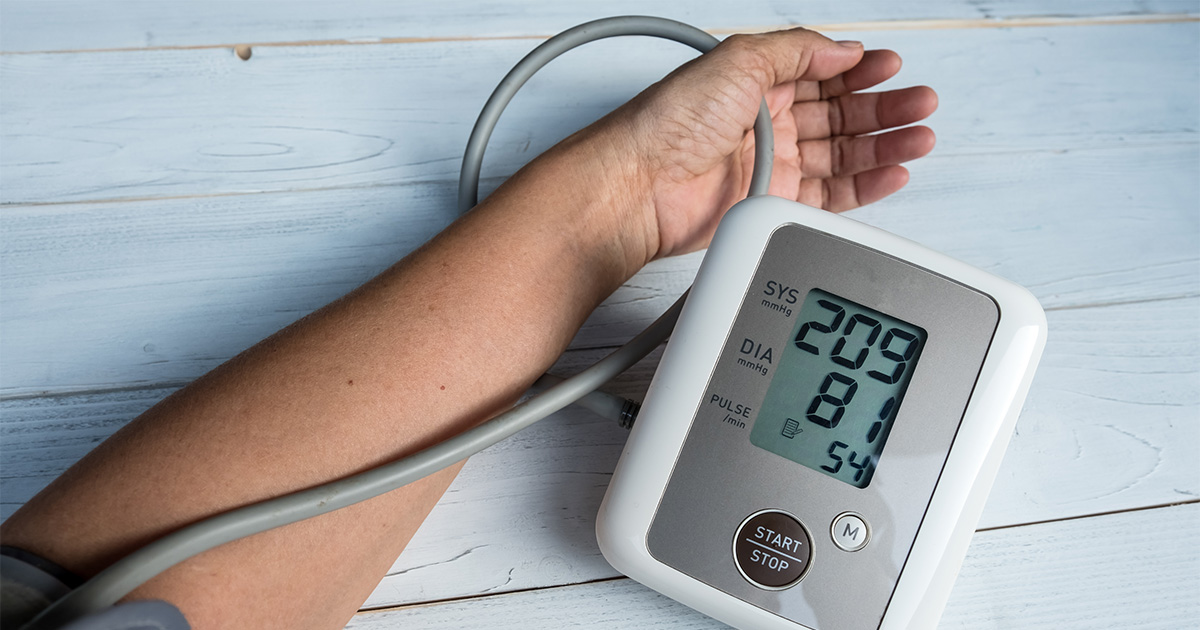

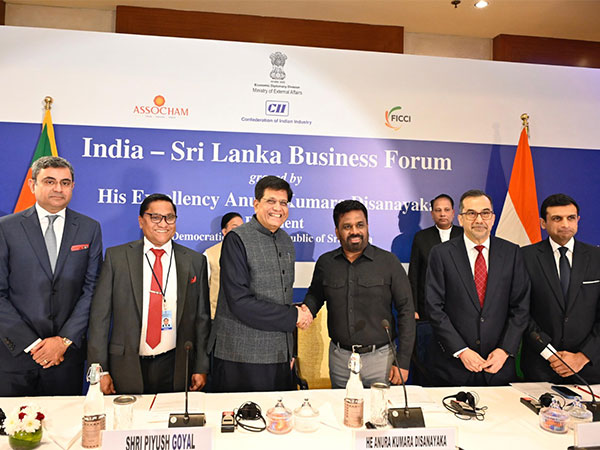
.jpg)